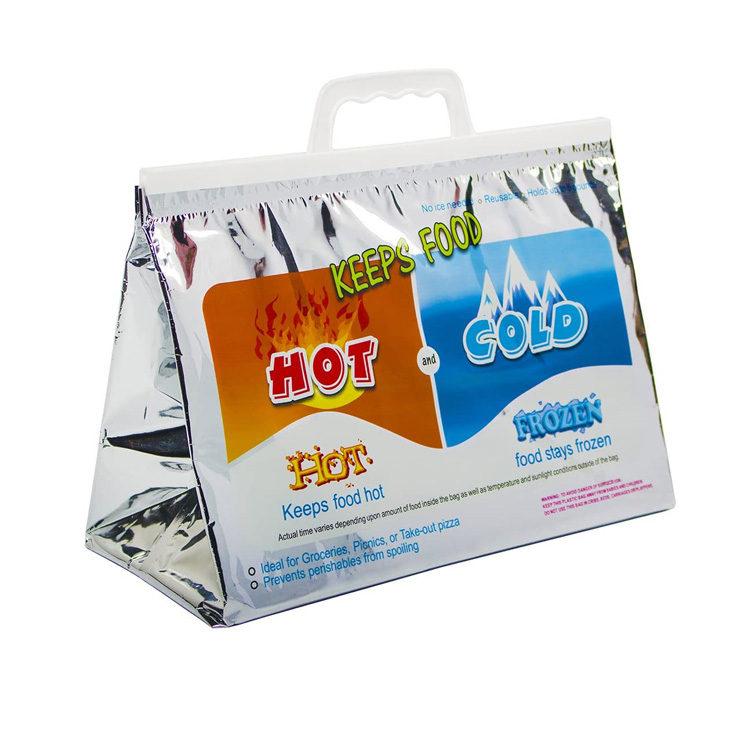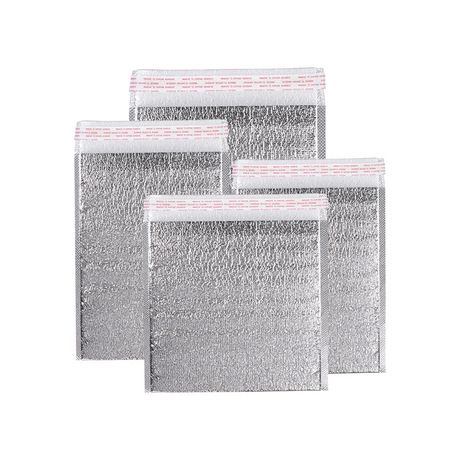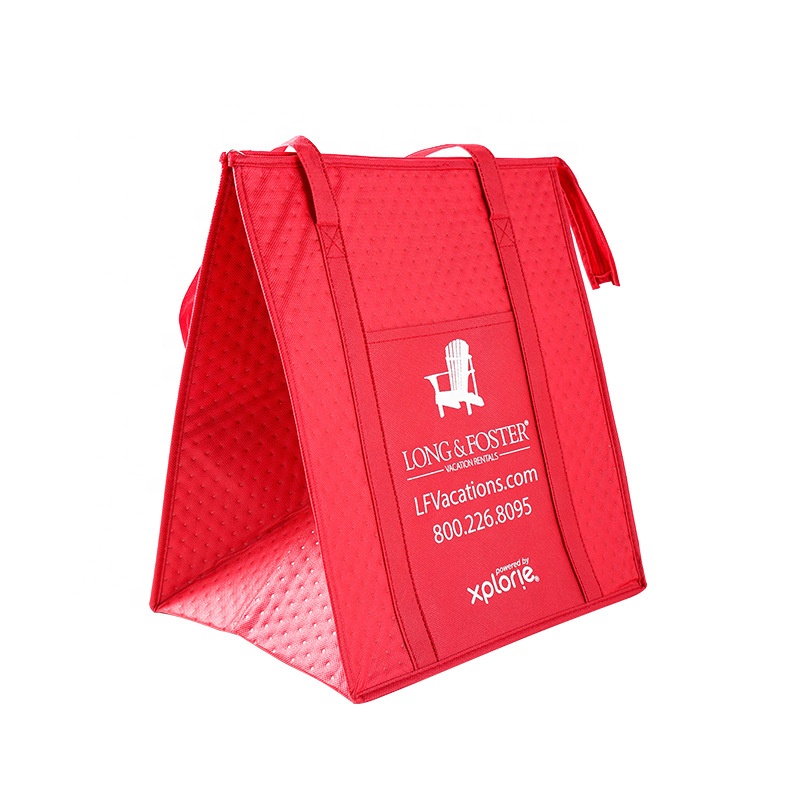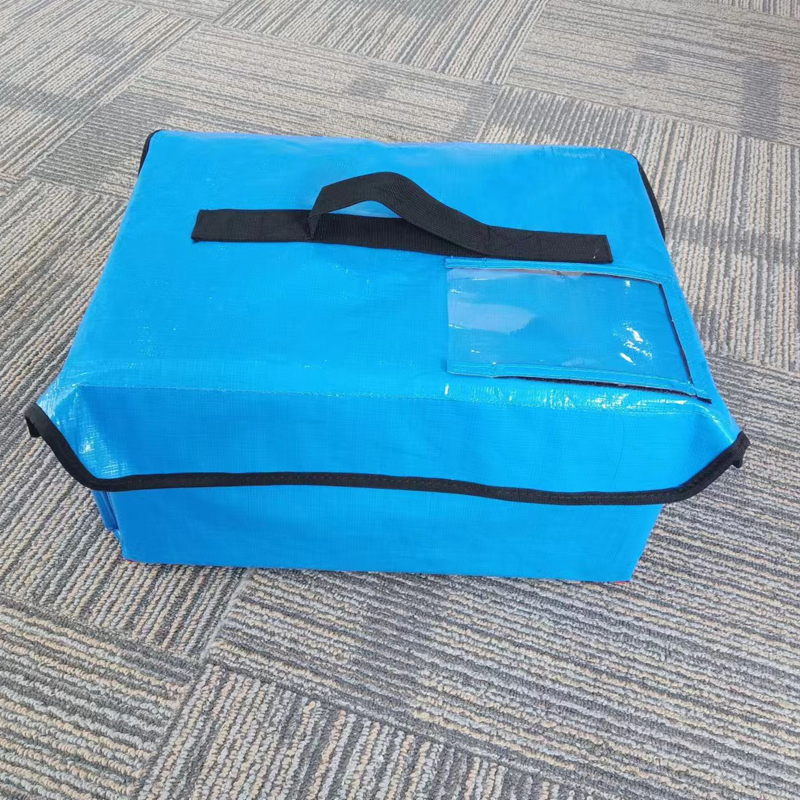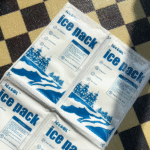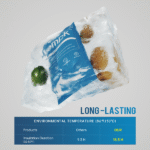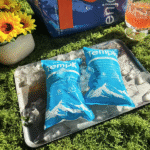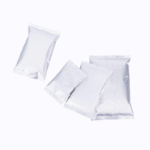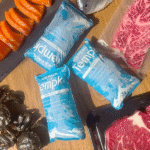Does an Ice Pack Help With Dry Socket Relief nyeri?
Lebih awal, short bursts of ice‑pack therapy can dull dry‑socket pain by shrinking inflamed tissue and numbing exposed nerves. Setelah hari pertama, Namun, Dingin dapat menghambat aliran darah yang penting untuk penyembuhan. Artikel ini menjelaskan waktu yang optimal, Langkah Aplikasi, dan perawatan komplementer untuk mempercepat pemulihan Anda.
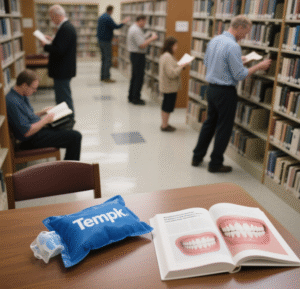
Dalam 24 jam pertama, Sebuah paket es yang dipegang pipi selama 8-10 menit dapat memotong ketidaknyamanan kuncir kering sekitar 25%. Setelah itu, beralih ke kehangatan lembut untuk merangsang suplai darah. Di bawah, Anda akan mendapatkan jadwal yang jelas, Tips Keselamatan, dan peretasan yang disetujui dokter gigi untuk penyembuhan yang lebih cepat.]
-
Why cold therapy works only during the first post‑op day
-
Exact ice‑pack routine to minimise pain without delaying healing
-
When and how to transition to warm, moist compresses
-
Proven home remedies and professional treatments to restore the clot
-
2025 innovations in smart oral‑surgery cooling gear
Why Does Cold Reduce Dry‑Socket Pain Only Briefly?
Cold constricts superficial vessels and slows nerve conduction, providing fast numbing and swelling control. Dry socket (alveolar osteitis) exposes bone and nerves after a clot dislodges; cold tempers that acute inflammation. Yet sustained vasoconstriction beyond 24 h may limit oxygen and nutrients, extending healing time.
Key data: A 2024 meta‑analysis reported 30 % lower pain scores on surgery day in patients using three cold cycles versus none. The benefit vanished by day two, while those who added warmth healed 1.3 days faster.
Cold‑to‑Warm Therapy Timeline
| Time After Extraction | Paket Es (8–10 menit) | Warm Compress (10 Min) | Alasan |
|---|---|---|---|
| 0–12 jam | ✅ every 2 h | ❌ | Halt swelling, numb nerves |
| 12–24h | ✅ twice | ⚠️ brief if bleeding stops | Transitional phase |
| 24 h + | ❌ | ✅ 3×/day | Boost circulation, aid clot re‑formation |
H3: Safe Ice‑Pack Protocol for Day 1 Discomfort
-
Chill temperature: Aim for 6–10 °C (43–50°F); overly frozen packs risk frostbite.
-
Membungkus & posisi: Cover pack with thin, damp cloth; hold to cheek, not inside mouth.
-
Waktu: 8 minutes on → 10 minutes off → up to 3 rounds in first 12 h.
-
Monitor skin: Stop if numbness lingers more than 5 minutes post‑removal.
| Melangkah | Tindakan | Mengapa itu penting | Hasil |
|---|---|---|---|
| 1 | Rinse mouth with lukewarm saline | Keeps socket clean | Reduces infection risk |
| 2 | Apply wrapped ice externally | Prevents direct cold burn | Gentle analgesia |
| 3 | Elevate head while resting | Lowers blood pressure to area | Less throbbing |
Tips Praktis
-
Avoid chewing ice—internal cold traumatizes gum tissue.
-
Pair with NSAIDs (ibuprofen 400 mg) for layered pain control.
-
Hidrat: 2 L of water daily accelerates clot stabilisation.
Patient Snapshot: A marathoner followed the above cold‑then‑warm protocol and resumed pain‑free training four days sooner than teammates who used cold alone.
Complementary Measures Beyond Ice
-
Clove‑oil dressings: Dentist‑placed gauze with eugenol numbs and acts antiseptic.
-
Low‑level laser therapy: 660 nm lasers increase fibroblast activity, shortening healing by 20 %.
-
Omega‑3 supplement: 1 g/day can lower systemic inflammation, aiding tissue repair.
2025 Tren: Smart Cooling Pads for Oral Care
Baru phase‑change facial pads maintain constant 8 °C for 15 minutes, preventing over‑icing. Bluetooth sensors now log skin temperature and alert users to swap from cold to warm automatically. Mengharapkan AI‑guided recovery apps that integrate pain scoring, medication reminders, and compress timing in one dashboard.
Sorotan Terbaru
-
Biodegradable gel beads—cut landfill waste by 40 % compared to PVC packs.
-
Adaptive heat‑pulse masks switch from cold to warm using embedded PCM layers.
-
Tele‑dentistry integration: Live video checks prompt earlier intervention for persistent dry socket.
FAQ
Q1: Can I use a bag of frozen vegetables instead of a gel pack?
Ya, but wrap it in cloth and limit use to 8 minutes to avoid freezer burn.
Q2: How many times per day should I warm‑compress after day one?
Three 10‑minute sessions evenly spaced are adequate for most patients.
Q3: Does icing alone cure dry socket?
No—ice only controls pain. You still need saline rinses, possibly medicated dressings, and dentist follow‑up.
Ringkasan & Kesimpulan
Paket es do help with dry‑socket pain—but only for the first 24 hours. Setelah itu, switch to warm compresses to nourish tissue and rebuild the clot. Combine cold/heat timing with NSAIDs, saline rinses, and professional care for the quickest recovery.
Rencana aksi
-
Day 0: Ice externally, 8‑min cycles, Max 3 per 12 h.
-
Day 1 evening: Shift to warm, moist heat.
-
Maintain oral hygiene and schedule a check‑up if pain spikes or foul odor appears.
Tentang Tempk
Insinyur Tempk precision‑temperature gel packs untuk layanan kesehatan, sports, and culinary transport. Our ISO‑certified lab ensures every pack hits its target range—cold or warm—helping clinicians and patients recover faster.
Need customized compress solutions? Hubungi Tempk for expert assistance and bulk orders.









